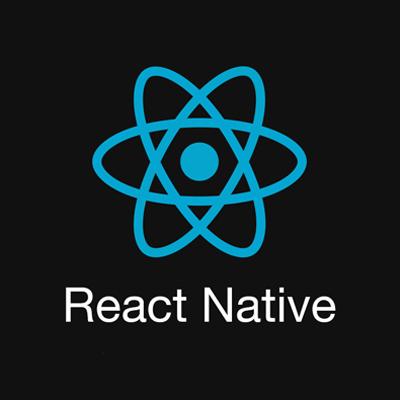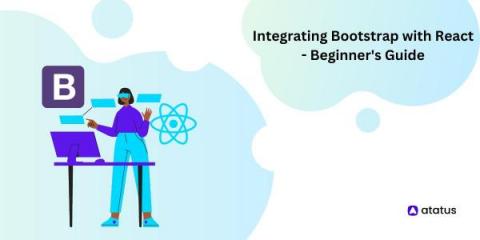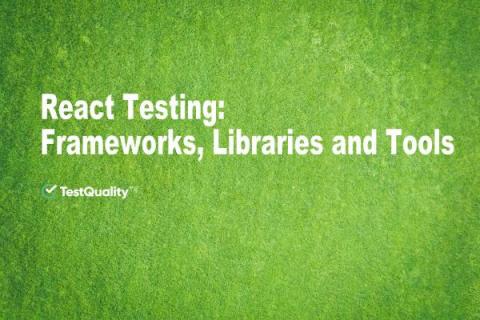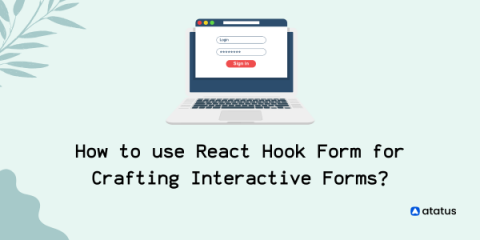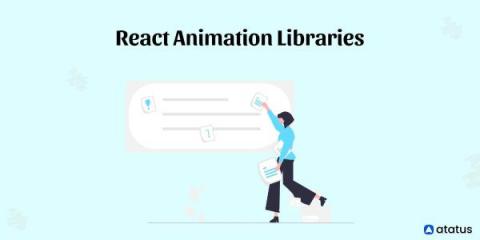Best Practices for Enhancing React Native App Performance
There is no denying the fact that React Native is the future of developing hybrid apps. It offers scalability, flexibility, speed, agility, cost-efficiency and excellent performance. No wonder so many successful companies rely on React Native for building their applications. After all, in the age of the Internet, every business needs a high-performing app that squarely satisfies customer needs. React Native tries to provide everything that is needed to develop a high performing application.


